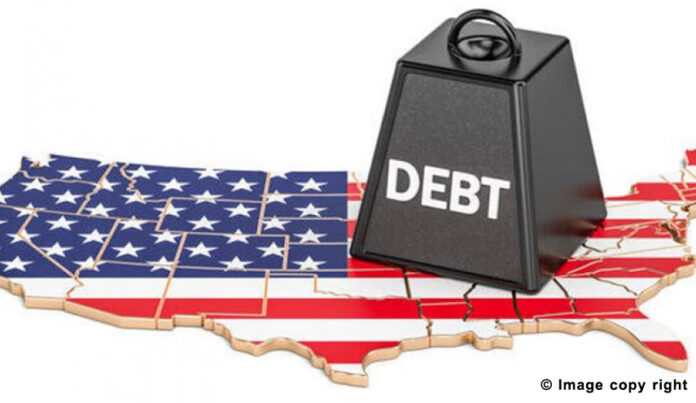According to the VOA news agency
The US Treasury Department has announced that for the first time, US debt crossed the $ 30 trillion mark last week.
This equates to 130 percent of the United States’ gross annual income (GDP), making the United States the most indebted country in the world.
US debt has been rising for decades, but the US response to the coronavirus epidemic and the injection of large sums of money into the economy has significantly increased its debt.
At the end of 2019, just before the Covid-19 epidemic, US debt reached $ 22.7 trillion. But the following year, $ 5 trillion was added, bringing the US debt collection to $ 27.2 trillion. Since then, more than $ 2 trillion has been added to US debt.
Mark Goldwine, the Federal Policy Committee’s deputy director for budget management, a non-partisan, nonprofit organization, said the $ 30 trillion debt showed the level of US debt, adding that the country’s debt was up to The next decade will be more.
In addition, according to Goldwyn, monetary inflation in the United States has been at its highest level in 40 years and there is no sign that debt is declining.
The US Treasury Department has said the United States has borrowed from various lenders, including the federal government itself, and borrowed $ 6.5 trillion from “government assets.”
The bulk of these loans are classified as public debt, amounting to $ 23.5 trillion. Public debt refers to loans that not only people have borrowed, but also the US Federal Reserve has borrowed from foreign governments.
According to the US Treasury Department, foreign governments have lent $ 7.7 trillion to the United States, and no country in the world owes more than 5 percent of its debt.
As of November 2021, Japan’s $ 1.3 trillion, China’s $ 1.1 trillion and the United Kingdom $ 622 billion in loans to the United States, according to the latest figures.
Debt settlement is one of the main reasons for the increase in US debt. In 2021 alone, the United States paid $ 562 billion in debt. This figure is more than the annual budget of each federal government department,. With the exception of the Ministries of Finance, Health and Defense.

























































